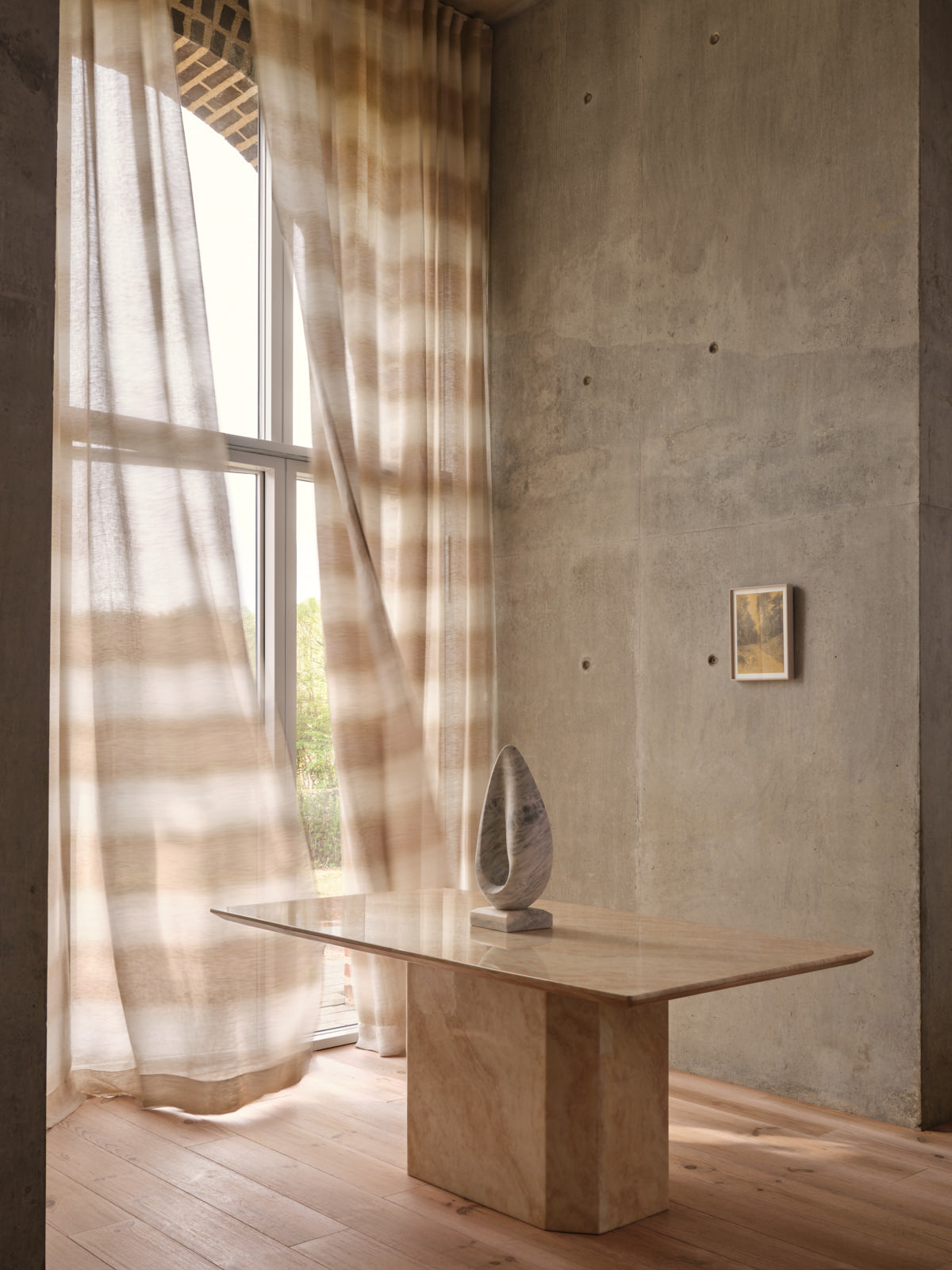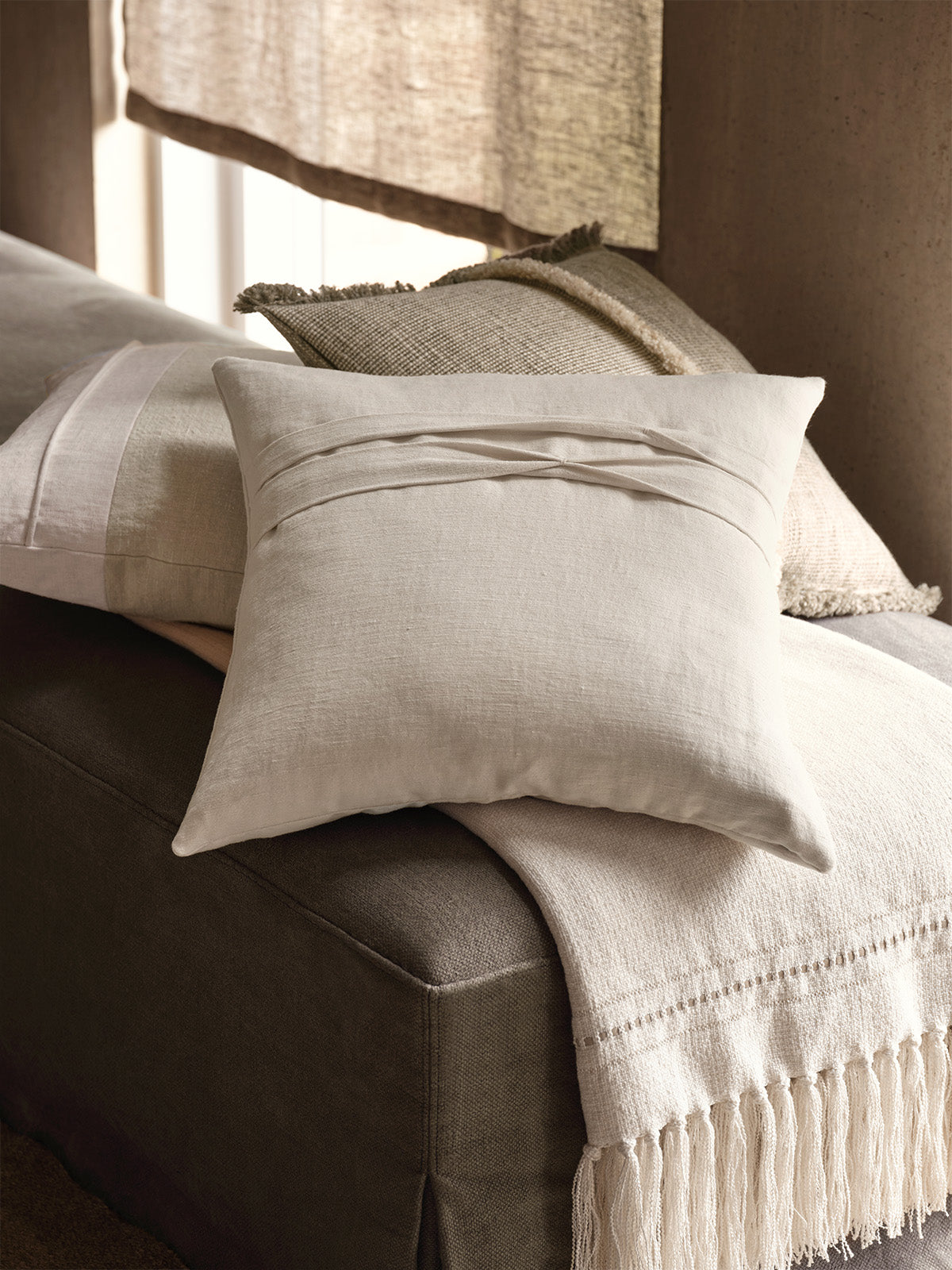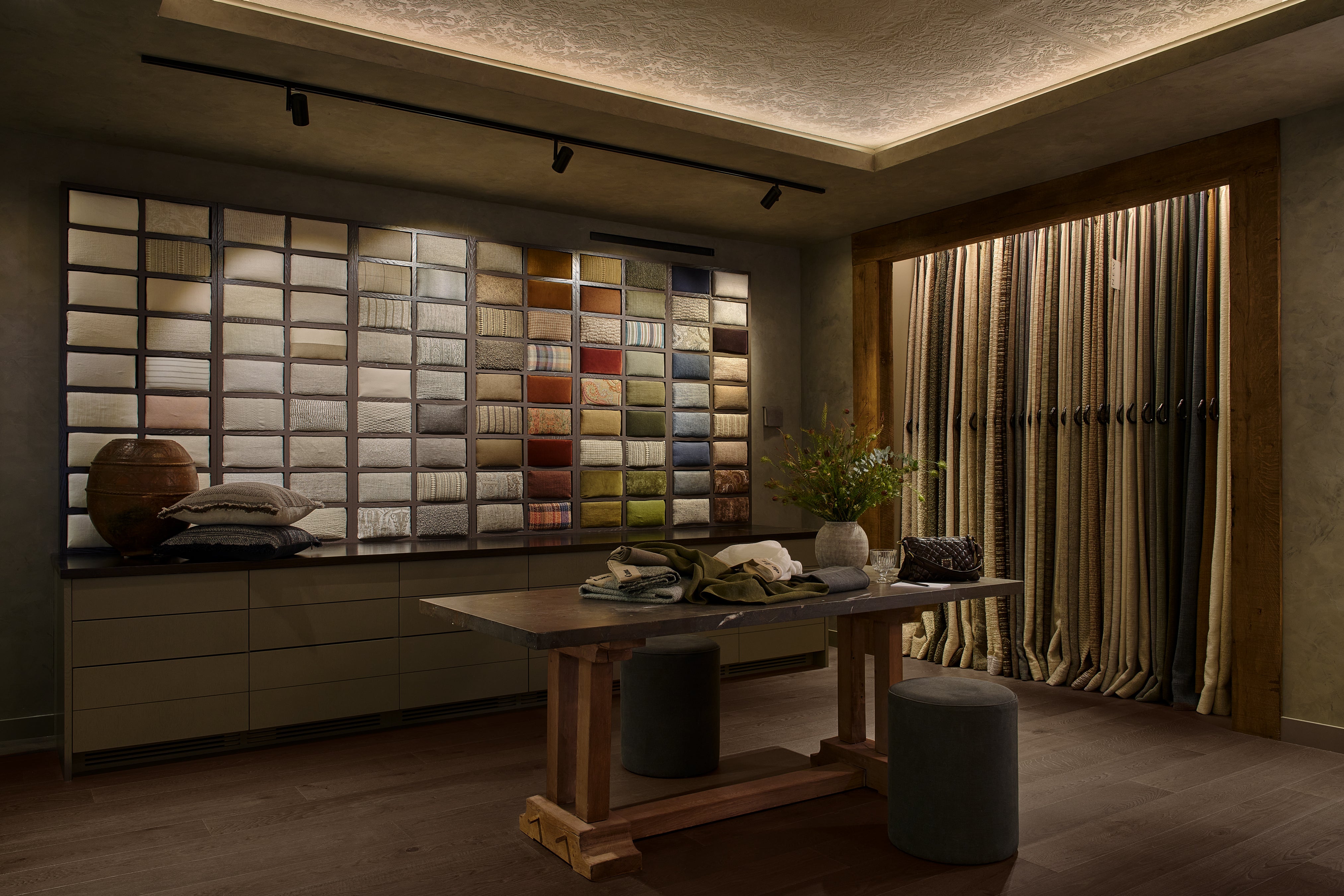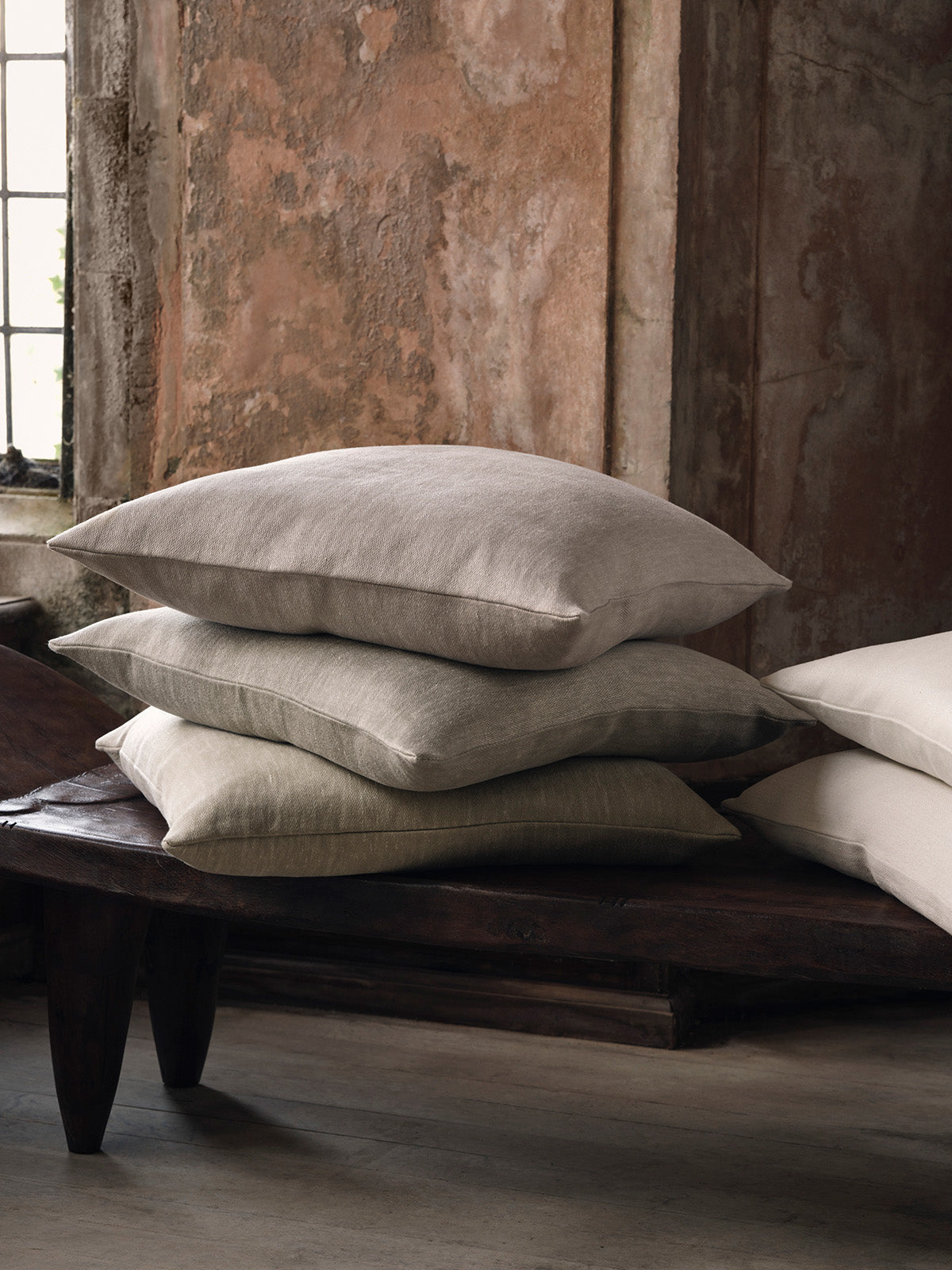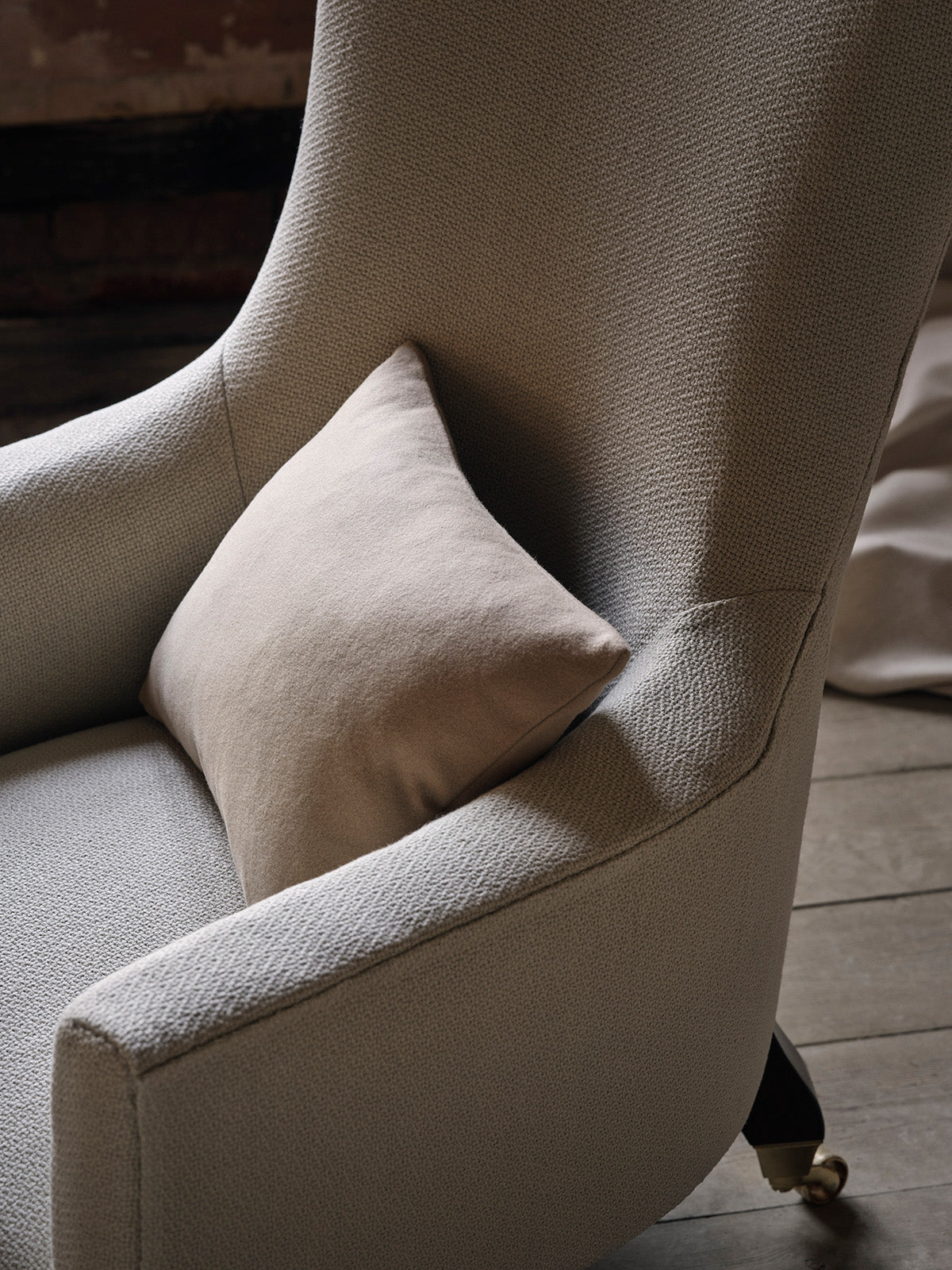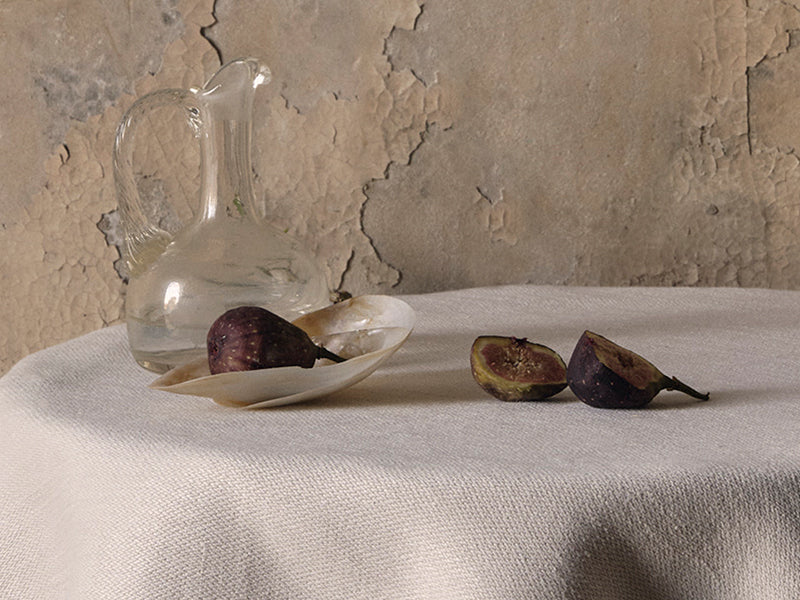
Introducing Hemp
Sourced from the fibres of the hemp plant, hemp fabric is naturally soft and renowned for its durability, strength, sustainability, breathability, absorbency, antimicrobial, and hypoallergenic attributes.
THE MOST SUSTAINABLE FIBRE
Hemp is commonly regarded as the most sustainable natural fibre the earth has. Cultivating hemp requires no irrigation, chemicals, or pesticides. Its deep roots prevent soil erosion and improve soil health. Hemp is also very fast growing producing up to three times as much fibre per acre as flax or cotton. Because of the versatility of the crop, nothing is wasted as the whole plant is valued and can be used. The finished fabrics are biodegradable. Hemp fabric is made from the outer fibres of the stalk of the Hemp plant and produces the longest and strongest of all the plant fibres. As well as the properties mentioned earlier in this article Hemp fabric is also resistant to moths, fungi, dust mites, mildew, and mould. It’s also an effective insulator due to its hollow fibres making it cool in the summer and warm in winter.
AN ANCIENT FIBRE FOR THE FUTURE
The first ever fabric known to man with a history stretching back 10,000 years* – hemp clothed ancient dynasties and propelled fleets to battle. Different sources mention different timelines, but most agree that the first hemp fabric was woven many thousands of years BCE in China. Ancient Chinese dynasties mastered the use of hemp for clothing, rope, and even medicine. From here it began to spread West along the trade network of the ancient silk route.
In early Europe (50BCE – 1000BCE) hemp became loved by both Kings and commoners thanks to the incredibly diverse nature of what could be made from the fibre and the abundance with which it grew.
It was used for medicine, food, fabric for sails, rope, clothing, paper, and as a building material. By the 18th century it is estimated that the majority of the world’s population were wearing hemp clothing, however the growth of the cotton industry in the 19th century reversed this.
Now with a move away from cotton, which is heavily irrigated and often uses pesticides and chemicals, this re-emerging fibre is a market that is growing fast. With refined modern production processes and a move towards more sustainable choices, hemp marks a cleaner, greener future for fabrics for interiors.
*Sources vary. Some cite 5,000, others 8-10,000 years.


